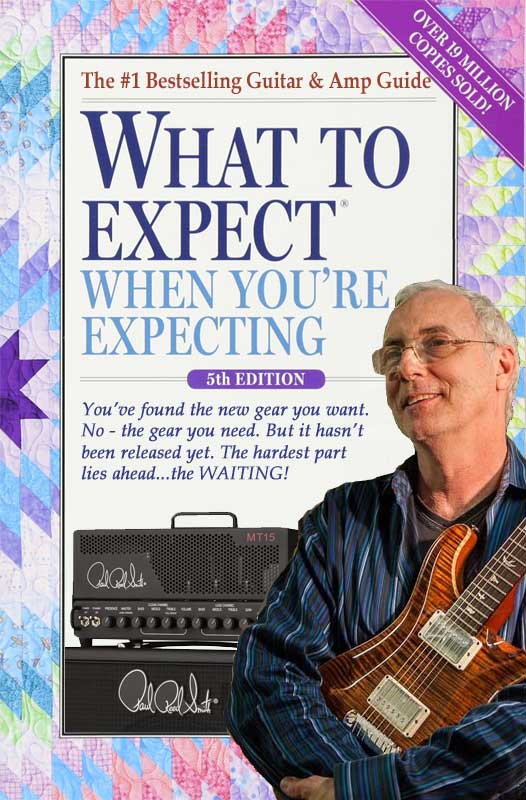Haha! I’ve gone ‘round and ‘round with the same dilemma since I started playing!
I think others have, too.
If I was a high gain player, as I think you once said you are, and used time-based fx like delay and reverb, I’d try the fx loop just to see if I liked it. To give it a shot, you can always sit a pedal on top of the amp and use a couple of short pedal interconnects into and out of the loop.
I think Angus or Malcom actually used the preamp from an old wireless device to boost or color their signal before hitting the front of the amp. I don’t know much about it, as I’m not into that style of play, but I’ve read there’s a company making a reproduction of it.
Then, too, they had the stuff that could be done with effects at the recording console and FOH mixer when playing live. From the sound of the records, seems that a substantial amount of compression was used to even out guitar levels.
I am indeed an ultra Gainiac
Angus used the Schaefer Vega Diversity System built by Ken Schaefer in the 70s and used by many.
The original SVDS was a wireless unit containing a preamp which I believe was employed to correct signal drop due to playing wirelessly.
Engineer Tony Platt has appeared in a couple of articles recently saying that on the BIB record, Angus' amplifier(s) had Distortion set at 2.
He was using the same guitars and the same amp(s) in the studio that he was using onstage, and complaining that it sounded different. Mutt Lange asked him well then, what's different? And Angus said he wasn't using his wireless, and so Mutt said to go ahead and use it.
If I remember right, it was only on the solos.
YouTuber SoloDallas (real name Fil), has gone to painstaking efforts to exactly recreate Angus and Malcom's tones on the early records. He is about 99.9999% accurate. You really can't hear the difference, and he is playing everything note for note, technique for technique, wiggle for wiggle perfect. Everything is exact down to the nth degree, and the subtlest detail. I've never seen anybody perfectly recreate tones and playing style the way he has. It's truly remarkable to listen to.
Anyways, he sells a replica of the tower unit, sans wireless capabilities, on his website, SoloDallas dot net. It runs a couple hundred USD. He also sells a pedal version for significantly less but, still a lot of money.
In addition, he sells amplifiers with his own name on them which look and sound identical to vintage Marshall units, and at least one set of pickups for that Angus tone. I think he's making guitars to vintage spec as well.
Angus is known for using 70s techniques to this day to get his stage tone. I think he runs his tone knob at about 7 or 8, right there where it's just about to take off, and then for leads, he will bump it up to 10. IDK how old you are or how much you've read but, back in those days, you didn't have all these pedals. You had to make it work with a guitar and an amp. That was it.
The Young clan are well known for being creatures of habit. If it ain't broke, the guitar tech will be bludgeoned to death for fixing it. They don't like anything being messed with. Period.
There's a great Premier Guitar Rig Rundown on YouTube that highlights much of this information with Angus' tech from the ROB world tour, as well as Stevie's tech.
To get that Malcom tone, Stevie is playing telephone cable sized strings and will wear his picks in half within one song. He's gotta hit them strings HARD.
NOTE:
BIB is widely regarded as one of the ultimate records for big loud heavy thunderous looming ominous Rockin guitar tones. Angus' gain setting: 2. Yeah. TWO.



